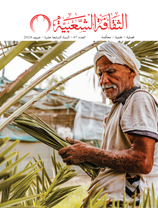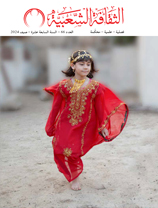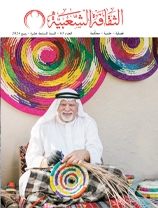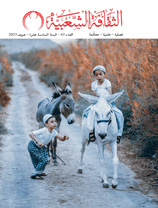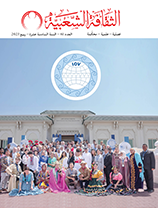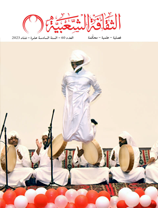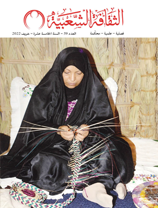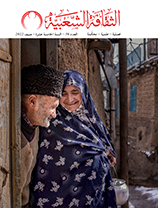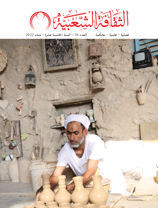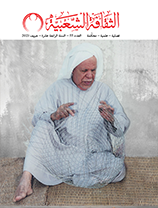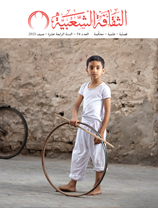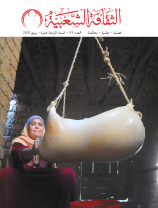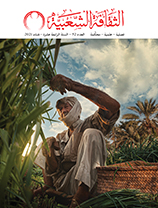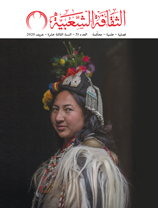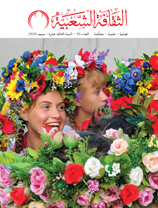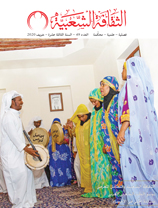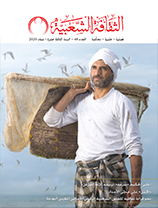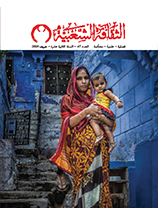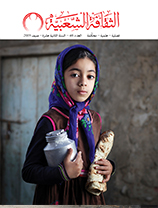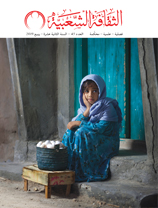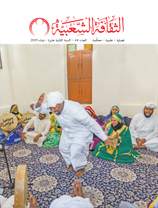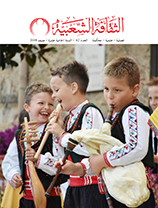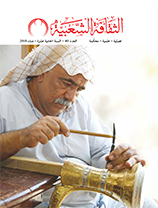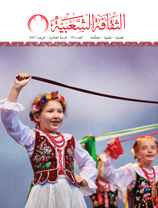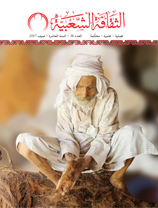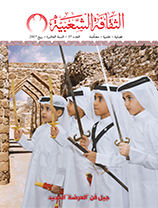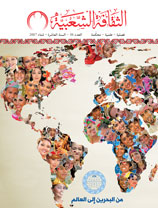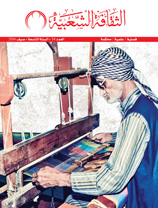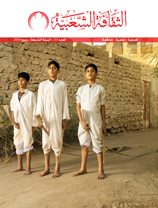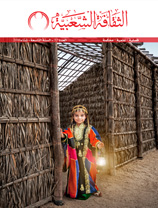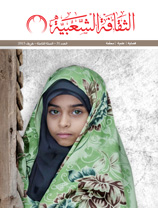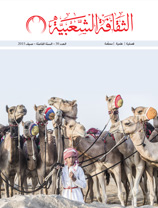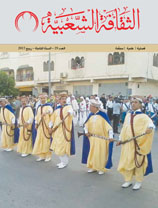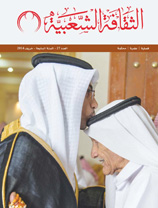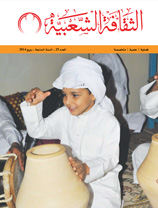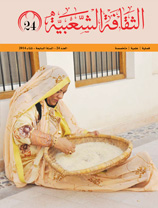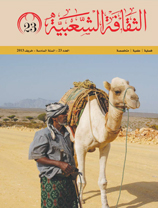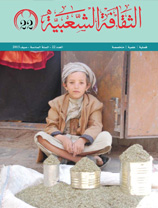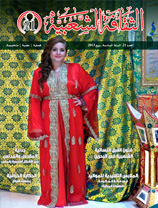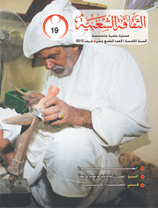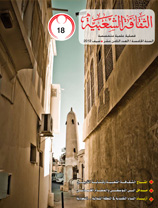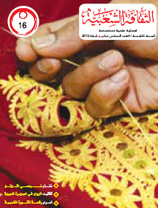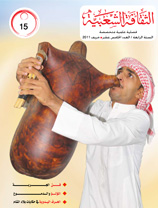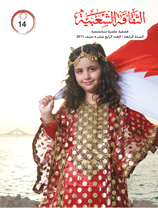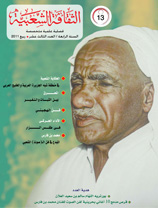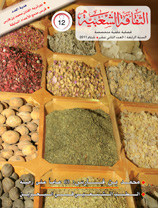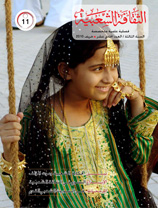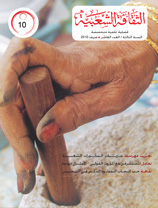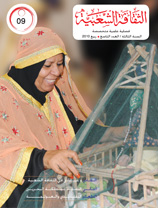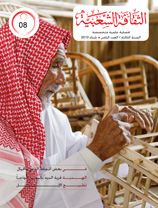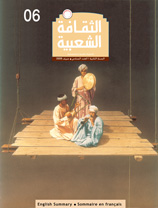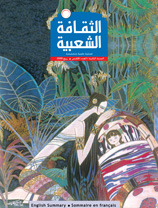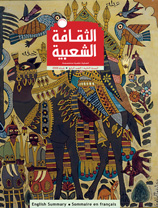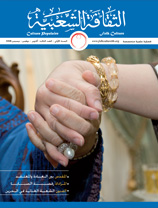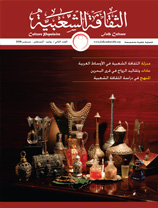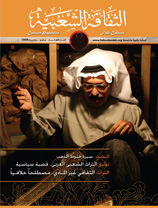Tichit Folklore: Celebrations as a model
Issue 18
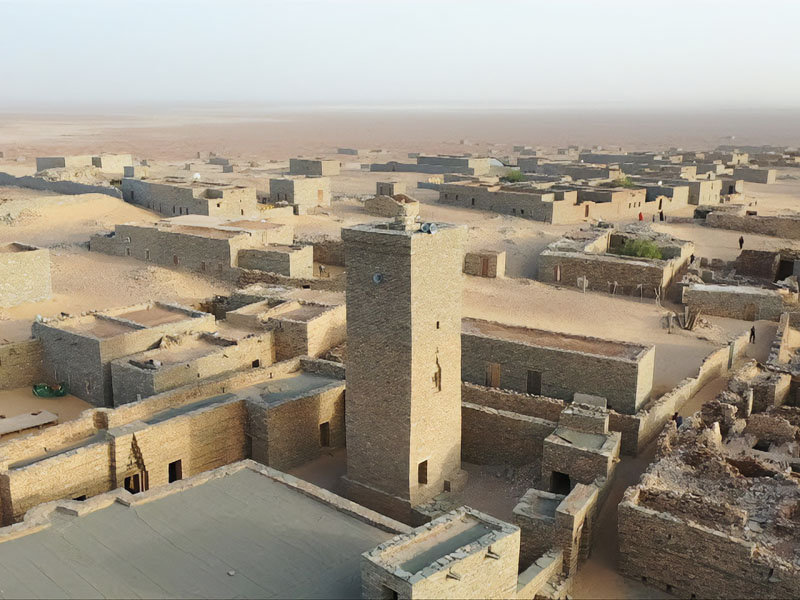
Al Salik Wild Muhammad Al Mustafa (Mauritania)
According to Luis del Marmol Carvajal, (Granada, Spain, 1520), the word Tichit is derived from ‘Ti’, which means earth, and ‘Chitu’, the name of the people who used to live there in the language of the first inhabitants.
Joannes Leo Africanus (c. 1494 - 1554), who was also known as Al Hasan Ibn Muhammad Al Wazzan Al Fasi, described Tichit as follows:
“Tichit, a small town built by the Numidians in the desert of Libya, is surrounded by a wall of raw bricks. Its appearance does not lead one to expect a civilized city, it does not show any signs of civilization, its population is estimated to be four hundred. It is surrounded by the sandy domain of the Bedouins, but there is, in fact, a small area near the town with palm trees, barley and millet on which poor people subsist. The inhabitants pay a cash tribute to the neighboring Bedouin tribes who live in the desert; they make trading trips to the Sudan and Gazula taking their goods with them; barely half of them live in their homes.
“The people of Tichit are almost black, they have no culture or education, and the women are the ones who learn and teach the children. At the age of twelve, boys go to work for their parents either fetching water or ploughing the land. The women are usually fatter than the men, with paler complexions; unless they are teaching, studying or spinning wool, the women ‘keep their hands in their belts’.
“The cattle share the people’s poverty, and the people plough the land by pairing a horse and a camel, as is the custom in the whole of Numidia.
“Various tribes settled in Tichit, the last quasi-state was that of Ibn Billah bin Dawud bin Muhamed bin Othman. The state ended in 1267AH in a war between tribes, one of fifteen wars that took place in Tichit. The place is now in ruins.”
Said Abih bin Al Shaikh Muhammad bin Fadil describes Tichit’s beginnings thusly: During Haj, a blind, righteous, devoted Sudanese man asked Allah the Almighty to help him create a village devoted to Islam, and Allah accepted his prayer. On his way back, he asked his followers to bring him soil from every place they passed, and he would smell it and reject each handful of soil, explaining that it was not the place he was seeking.
After a long time, they passed Tichit. He smelled Tichit’s soil and decided that this was the place in which he would settle and establish a village. His story also suggests that the name Tichit is derived from the Arabic words ‘Hiya Al Lati Shi’t’, which means ‘this what I wished for’.
There has been cultural and social life in Tichit for centuries within the distinctive contexts as a result of the different inhabitants. Such distinction has formed an artwork with exquisite colors of culture embraced in the desert and its environment.
For centuries, Tichit was isolated, resulting in preserved Islamic Sudanese traditions that represent an Arab Berber unity.
The historic city rises above a hilly area of about 500x500m at the eastern entrance to an oasis that was almost buried under the sands in the eastern mountains of Adafer. Despite the historic dependence on trade, there is no public market; people barter goods in the marshlands.
The writer of this paper suggests the following ways of reviving Tichit’s folklore and its historic folk festival:
Launch a folk festival with all types of celebration still found in the city, and create an atmosphere that encourages competitions between traditional teams
Work with the local civic society, culture and tourism sectors, and international organizations to find ways to revive traditional cultural festivals
Conduct fieldwork in similarly historic cities in Mauritania to promote folklore.





